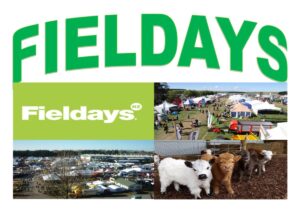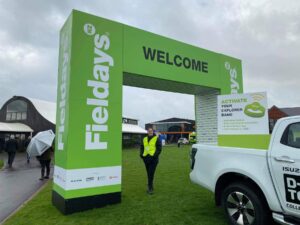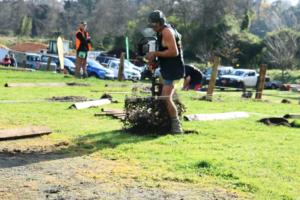Down in the milking shed
What’s it really like down in the milking sheds? Sacha Harwood finds out.
“I don’t want to milk cows. I hate it.”
At 22 years old James Young is a Paeroa dairy farmer. He is already over the mundane task of milking cows.
“It pays the bills. I’m not going to milk cows for another 10 years.
“I’d get up and get the cows into the shed as long as there was something to milk them for me,” James says.
As technology advances and robotic milking becomes a reality, why on earth are farmers still milking their cows if they don’t like it? Price plays a big part: the sheds of yesterday are not only reliable but also far less costly to install.
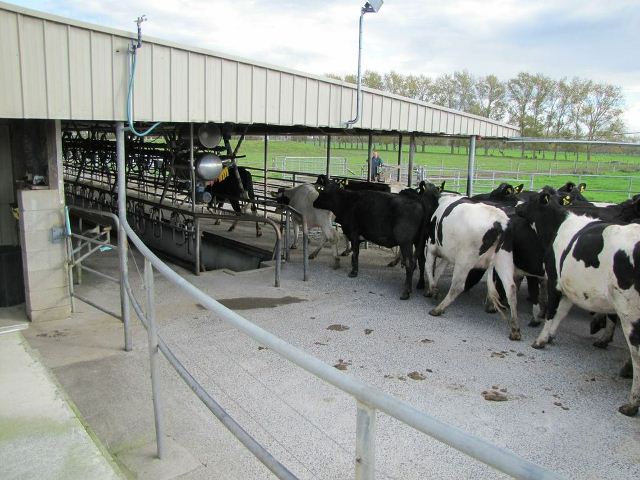
Here is the debate: upgrade and move on from what they already know works cost effectively, or change to something not yet proven to 100% and possibly far more costly.
It doesn’t take a genius to work out why farmers might be a little apprehensive. Most of them are sticking with the two main types, which come with two main arguments – herringbone, where the cows line up either side of a pit, or rotary, where the cows are on a rotating platform. Rotaries mean less walking for the farmer, herringbone means less maintenance.
It’s been this way for well over 20 years. Where to now? The possibilities are endless, it seems, as the Fieldays rolls around for another year and it is time to show off new products and ‘better’ ways to do it. Are the farmers keen though?
Netherton farmer Alex McMillan has been farming for four years and is moving up to a manager’s role next season; at 20 years old he milks in a 30 a side herringbone on a 350-cow farm on a busy main road.
Though a herringbone can require more labour he thinks that for smaller farms they are far more economical.
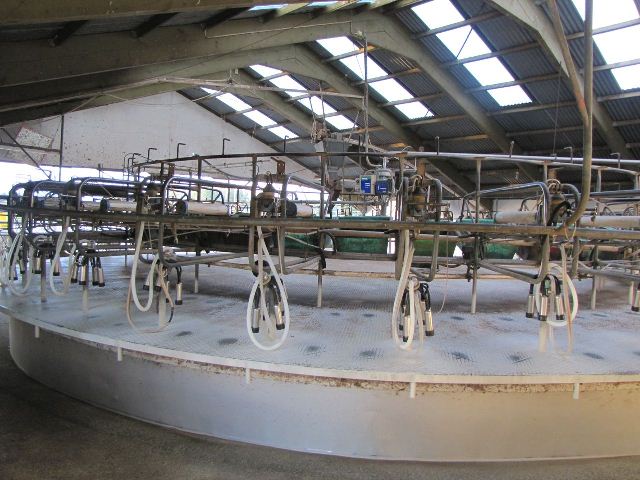
“With rotaries there is a lot that can go wrong, with a herringbone not so much. On a smaller farm I’d rather milk in a herringbone but on a bigger farm a rotary.”
Alex, like James, hopes technology will move in a way that will see fewer people having to milk the cows.
“People not milking cows – hopefully. More technology is going to come out and get cheaper – the technology is there now but it is too dear.
“You’ll see in the next 20–30 years how the industry will change a lot because there is a new generation of farmers coming through.”
It might not just be the cost holding famers back from making life a bit easier. Alex thinks it’s partly a matter of being brave enough to try the new technology.
“Nobody is willing to go out on a limb. They don’t want to spend the money on their sheds and they don’t trust them because it’s automated.
“There will still be the older farms. There will always be the old-school famers that stick to it. I’d say 20% of farmers have got their eyes closed.”
Tina Keys has three children and milks in her partner’s basic but tidy rotary shed on a 500-cow farm. Though around 20 years old, the shed is efficient with few mechanical issues and she wouldn’t change to a herringbone if she had a choice.
“There are going to be things that go wrong whereas with a herringbone there is no machinery involved. Having said that it’s not very often that we’ve had to do maintenance to it.
“You don’t have to hold up the whole row if you have one that’s slow at milking. It does take a little bit of time for them to learn to come on and back off and you can have problems with leaving it too late to back off and getting stuck. You have to be really vigilant.”
Tina is apprehensive about changes to technology but says it is not a bad thing – depending on how many people want to be farmers.
Farming has certainly developed from the ‘good old days’ but as the world advances old fashioned farming simply does not cut it with increasing demands. Brian McMillan, Alex’s father, is a fisherman but grew up on his parents’ farm, trying his hand at farming when he was younger. Much has changed since then but he says he still would not go back to it – he just does not like milking cows.
“To get to the next level is not that easy. There was a time when we were younger, when kids that were terrible at school went farming. Lots of them are really poorly educated but farming was something you couldn’t fail at.
“Time took care of the financial side of it because land prices just went up. It didn’t matter at what point you bought, within 10 years you had plenty of equity so you had good business. Now that is a lot harder because it is a lot more business orientated. One time it was just a lifestyle that paid really well eventually.
“Nowadays those same guys would struggle to get anywhere because you can’t be really thick and be a good farmer. You’ve got to get up to speed with what’s going on. It’s a lot more professional than it ever was. They know twice as much about what they’re doing now as what they did back then. The quality of the product has got to be a lot better than it was.”
The biggest thing for farmers is to increase milk production: if these new machines are not going to make them more money, why invest in them? Lely, a well known name in the farming industry and a regular at the Fieldays, says its development of the milking robot has become not only more reliable but increases milk production.
“The Lely T4C management programme has now shown that this results in increased production capacity. On a farm with 120 cows this can amount to around 150 kg of more milk per day,” says the Lely website.
The business of farming is a complex one with changes going on every day. The big changes, though, seem to be down to cost and to attitude.
“Change just takes place at the pace it goes and farmers are old stubborn buggers that take a lot of changing so nothing happens in a hurry,” Brian says.


